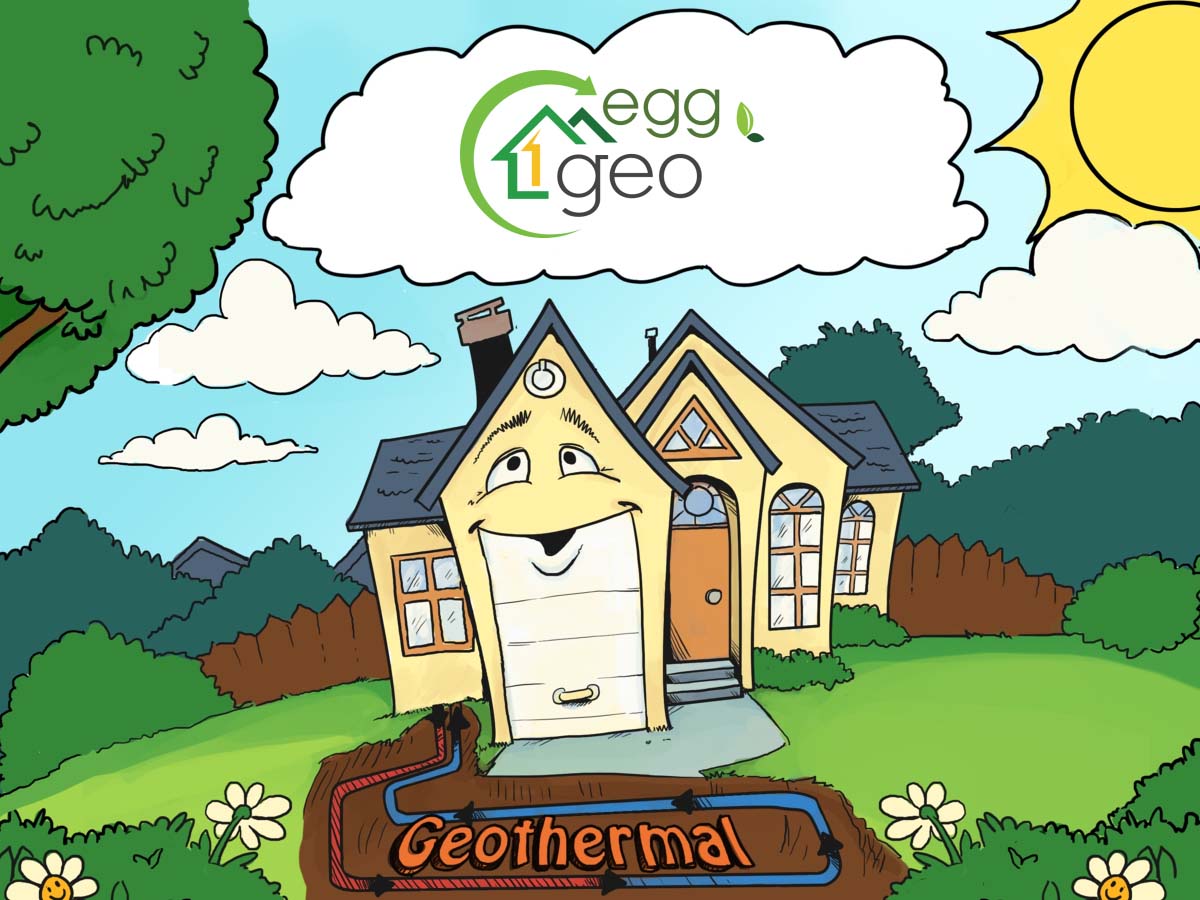Egg Geo
In today's world, with pressing concerns about climate change, biodiversity loss, and pollution, Earth Day is a crucial reminder of the urgent need to protect our planet and its natural resources. Since its inception in the 1960s, Earth Day has grown into a global movement, joining people from all walks of life in a collaborative effort to address environmental challenges and elevate sustainability.
Earth Day, celebrated annually on April 22nd, is a time for reflection and action. It supplies an opportunity for individuals, communities, and governments to come together to raise awareness about environmental issues and advocate for positive change. From tree planting initiatives and clean-up campaigns to educational workshops and policy advocacy, Earth Day activities take many forms, but they all share a common goal: to inspire people to take action to protect the Earth.
With major developments such as the impact of the Inflation Reduction Act (IRA) recently coming into play, there is more and more to be discussed on the topic of sustainable and renewable energy. One of the key aspects of Earth Day is its ability to educate and mobilize people around the world. Millions of people make it a tradition to participate in Earth Day events and activities, demonstrating their commitment to environmental stewardship. Whether it's students organizing climate strikes, communities coming together for clean-up efforts, or governments implementing policies to reduce carbon emissions, Earth Day serves as a catalyst for progress all around the world.
One of the common discussions surrounding the holiday is about where to go next. Every year environmental research, science, and application progress, but it’s difficult for most to keep tabs on what sort of evolution there’s been within the industry on an annual basis. This calls for education.
There are opportunities to make Earth Day a time to focus on educating ourselves on what’s new in the world of sustainable, renewable, clean energy, and how it’ll make a difference. The methods being used are incredible; planting trees, cleaning up communities, cultural events, and celebrations all make a very real impact, but paired with them there is the potential to prioritize growth. What’s next? What’s new?
On that note, Earth Day provides an opportunity to emphasize the importance of environmental education and awareness. By educating people about the impacts of their actions on the environment and empowering them with the knowledge and skills to make more sustainable choices, we can foster a culture of environmental responsibility and create positive change.
One of the less-discussed and incredibly efficient ways to help heal the planet is ground-source heat pump technology. Alongside other incredible and well-known sources of clean energy, we are continuing to learn about the benefits of using the heat beneath our feet.
Thermal Energy Networks (TENs) are growing in popularity and have been put in the spotlight in past years especially, so perhaps it’s time to add this technology into the dialogue surrounding what we can do to save the planet and clean up the world around us. First things first, we need to know exactly what a thermal energy network is.

PUTTING THE ‘EARTH’ IN EARTH DAY: No matter where a geothermal system is located anywhere on the globe, the earth’s natural ground temperature is capable of powering climate control for homes. (Courtesy of Egg Geo)
TENs are utility-scale thermal energy infrastructure projects connecting multiple buildings into a shared network with thermal energy sources such as geothermal boreholes, surface water, and wastewater. The ground beneath us is something that’s accessible to just about everyone, and sharing the load is beneficial to everyone involved. Unlike wind and solar, there’s no need for the sun to shine or the wind to blow in order for this energy source to be consistently efficient, the ground remains a constant temperature year-round and worldwide.
When paired together the power of ground-source heat pumps, wind, solar, recycling, wastewater management, upcycling clothing, etc., can make a massive and lasting impact, but it is a combined effort that relies so heavily on the seeking out of information, sharing it, and acting on what we can in whatever way we can.
Earth Day serves as a reminder of the interconnectedness of all life on Earth. Environmental issues such as climate change, deforestation, carbon emissions, and pollution affect not only the natural world but also human health, social equity, and economic stability. Earth Day is a day to not only celebrate the Earth but also the people who live here and benefit from the beauty and power of natural elements. By addressing these issues, we can create a healthier and more sustainable future for all.





Report Abusive Comment